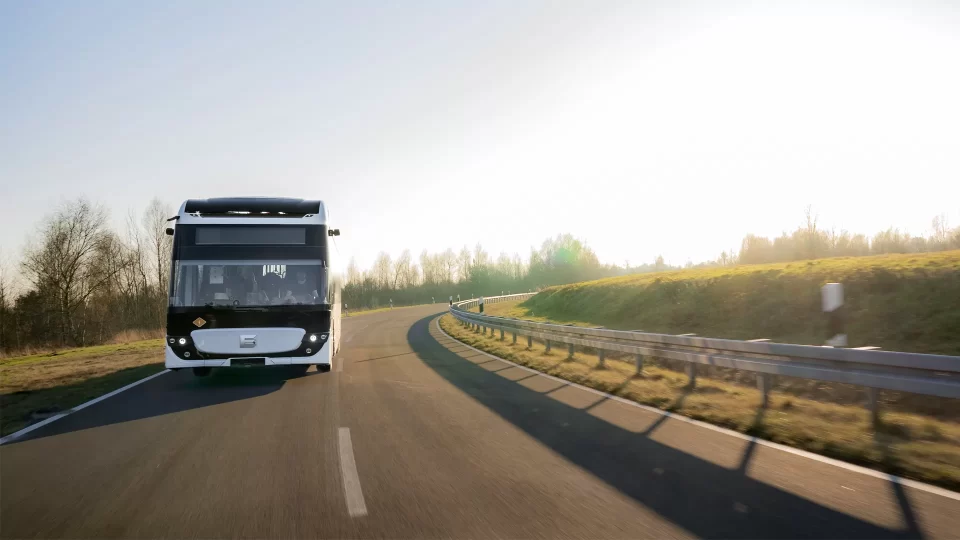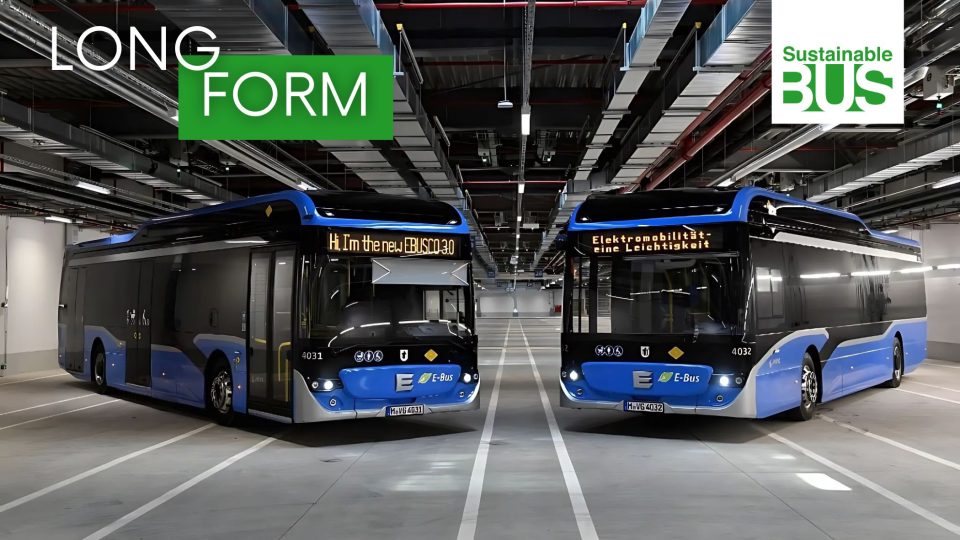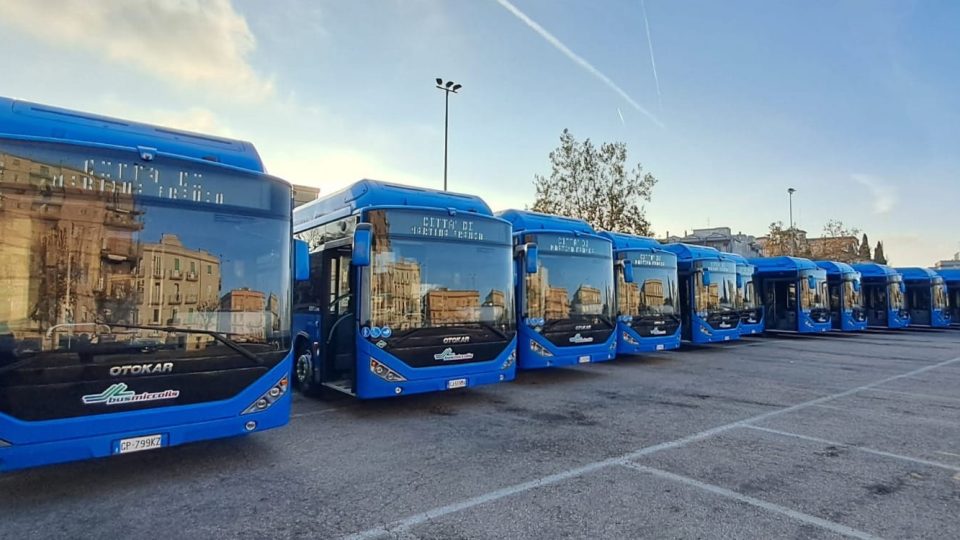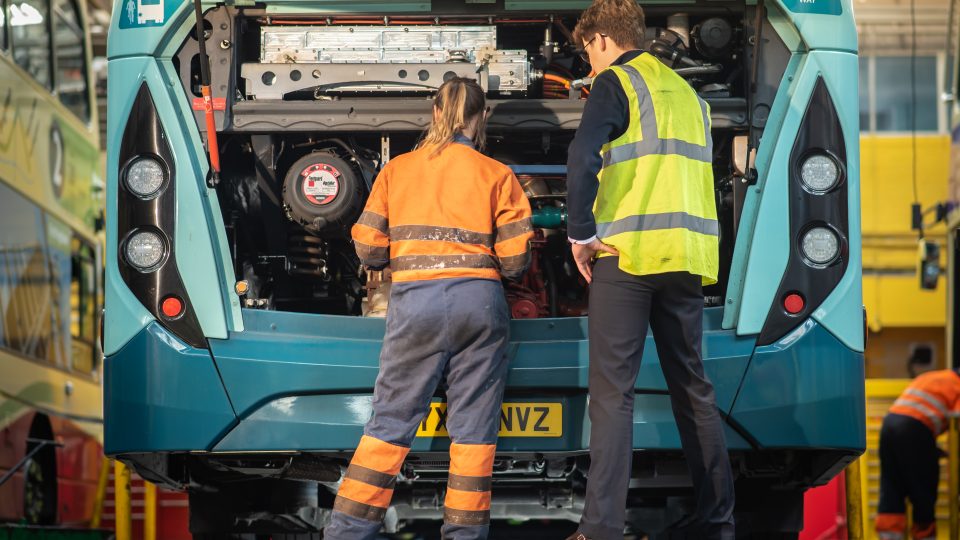Mercedes launches the charging rails option (inverted pantograph) in Switzerland
It’s an impressive task for an electric bus: 22 hours daily in regular service and 370 kilometres per day. A mission that the eCitaro deployed by the PTO Verkehrsbetriebe Glattal (VBG), near Zurich (Switzerland) will be able to accomplish thanks to charging rail equipment for rapid intermediate charging. Not the popular roof mounted pantograph, then, […]
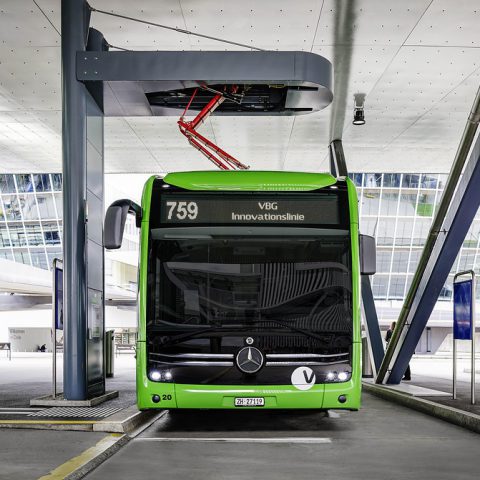
It’s an impressive task for an electric bus: 22 hours daily in regular service and 370 kilometres per day. A mission that the eCitaro deployed by the PTO Verkehrsbetriebe Glattal (VBG), near Zurich (Switzerland) will be able to accomplish thanks to charging rail equipment for rapid intermediate charging. Not the popular roof mounted pantograph, then, but an inverted pantograph system that is set to debut on Mercedes e-bus in a real premiere for the German brand.
New charging method on Mercedes e-bus offer
The in-line charging through roof-mounted rail equipment is set to enable the electric city bus to adapt flexibly to the needs of the public transport companies. With a plug the eCitaro can be charged rapidly with up to 150 kW charging output, and with pantograph and charging rail it can even be charged with a high-power charging capacity of up to 300 kW. The difference is that with a pantograph the electricity collectors are positioned on the roof of the city bus. These are extended underneath a charging station. For the version with charging rails, it is the other way around: the contact is established from above via a pantograph from the charging station.
The eCitaro for the Swiss VBG Verkehrsbetriebe Glattal AG, in addition to charging rails, has two charging sockets, one each left and right, above the front wheel arches.
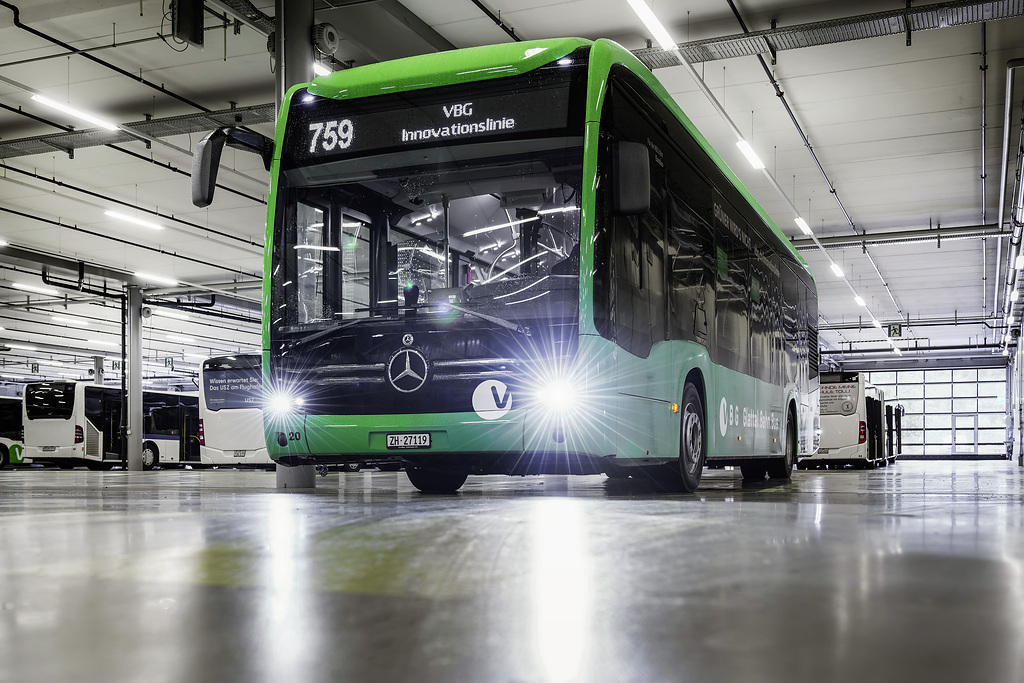
Electric buses to connect Zurich airport with Wangen
The eCitaro will travel on the innovative bus route number 759 of VBG. This service is between the town of Wangen and Zurich Airport. The length of one full circuit is 27.4 kilometres and there are 28 stops. On this route, the corporation will test innovative technology on a regular service. The aim is to make it the first fully-electric bus route of the VBG. Until now, seven diesel buses have been in operation. In the course of a year they travel a total of about 635,000 kilometres and consume about 235,000 litres of diesel. The challenge for the eCitaro: during operation, the batteries are only charged during the short waiting time at the Zurich airport terminus, via charging rails. In addition, there is one night-time charge via plug at the depot. The electricity is 100 percent from renewable sources. The eCitaro for the VBG stores its energy in batteries with a total capacity of 264 kWh.
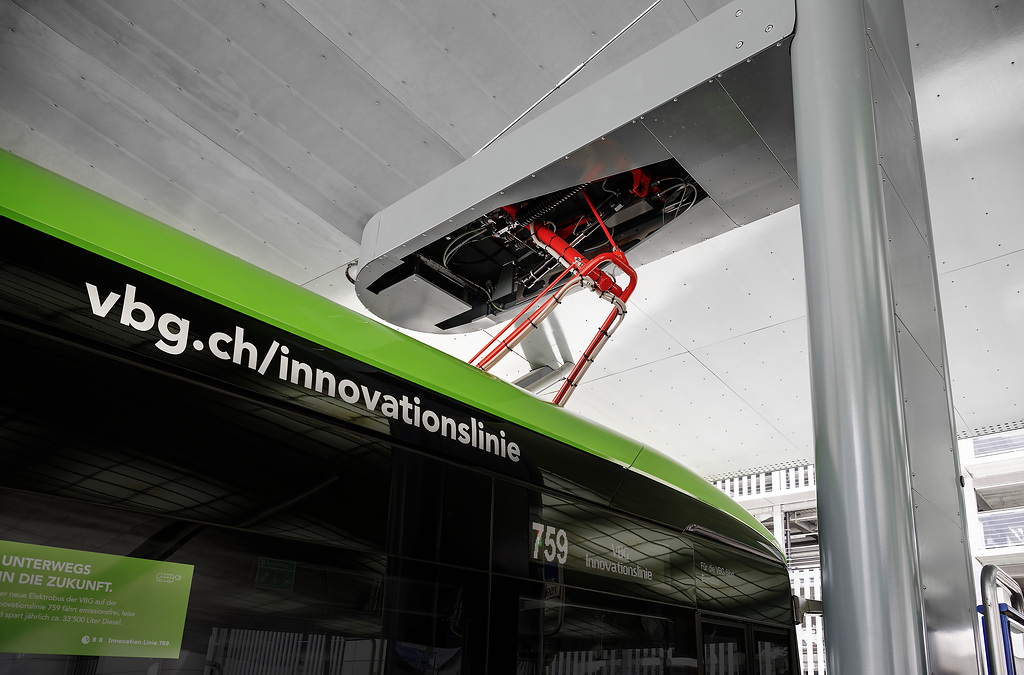
eCitaro for VBG at Zurich airport
Passengers can sit on City Star Eco seats from Mercedes-Benz. The grey-green covers of the seat and the backrest are in the VBG’s own colours. A special space for wheelchairs, prams and buggies and folding seats opposite door two; two TFT monitors providing passenger information, and ambient lighting over each row of seats are all features of the VBG eCitaro.
The high-standard safety equipment of the eCitaro includes the active braking assistance system Preventive Brake Assist and the turning assistance system Sideguard Assist. A special level of safety is ensured by means of cameras monitoring the three doors and the interior.




